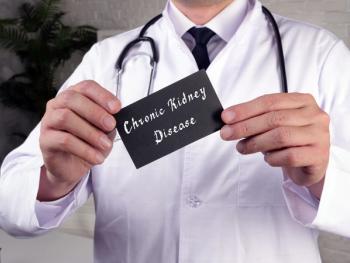
The findings were presented at the 2025 American Heart Association Hypertension Scientific Sessions and published in the Journal of the American Society of Nephrology.

The findings were presented at the 2025 American Heart Association Hypertension Scientific Sessions and published in the Journal of the American Society of Nephrology.

Harpreet Bhatia, MD, MAS, FACC, discusses emerging new approaches to lipid lowering therapies.

Abelacimab is an investigational, selective, fully human monoclonal antibody.

Rachel Chandra, PharmD, MPH, FASHP, shares insight into the VALOR-QI program.

The encouraging results suggest this low-cost, scalable strategy should be considered for population-level outreach globally to improve flu vaccination rates.

Rachel Chandra, PharmD, MPH, FASHP shares methods for improving adherence to lipid lowering therapies discussed at the AHA 2024 Scientific Sessions.

Christian Ruff, MD, MPH shared the results of the AZALEA-TIMI 71 trial.

Leonard Egede, MD, MS, FACP discussed the association of historical redlining and contemporary structural racism on life expectancy.

Twice-yearly dosing could significantly improve adherence rates.

Rebekah Walker, PhD raises awareness of the long-lasting health implications caused by historic redlining.

Value-based payment models are becoming increasingly common, leading clinicians to find novel ways to engage patients and improve disease control with the goal of reducing morbidity, mortality, and cost.

Within the Veterans Health Administration System, primary care pharmacists are embedded in primary care panels and work alongside primary care physicians and nurses to optimize medication management for patients.

Improving collaboration and communication between all members of the health care team is one way to address these challenges.

Milind Desai, MD, MBA shares insight into the REMS program for patients with obstructive hypertrophic cardiomyopathy.
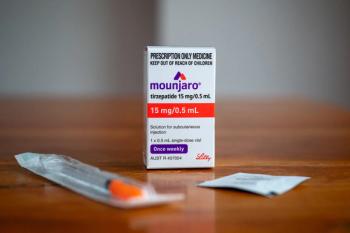
This is the first trial that tested the effect of any medication on major heart failure outcomes in patients with HFpEF and obesity, according to investigators.
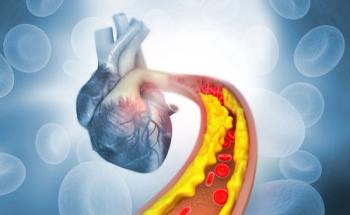
High fluctuations (in the top 25%) in total cholesterol were associated with a 60% increase in dementia and a 23% increase in cognitive decline.

The system, currently in early development in Japan, could minimize the need for blood tests, blood pressure cuffs, or expensive wearable devices.

The global temperature has risen by an average of 0.11° Fahrenheit per decade since 1850, or about 2 degrees in total.

Craig Beavers, PharmD, FACC, FAHA, FCCP, BCCP, CACP will be moderating a session about social determinants of health and heart failure.

Community pharmacists are playing an increasing role in sexual and reproductive health services and can provide that trustworthy information to patients.
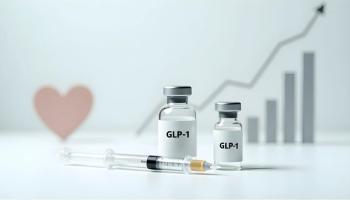
The 2024 American Heart Association and American Stroke Association stroke prevention guidelines recommend glucagon-like peptide-1 receptor agonists to reduce the risk of stroke in individuals with diabetes and high cardiovascular risk.

The sessions will include late-breaking science, clinical practice guidelines, early innovators spotlight sessions, and more.

A single infusion of VERVE-101, a gene editing tool, improved both blood PCSK9 protein levels and blood LDL-C levels in 10 individuals with high-risk HeFH.

Session speaker Powell-Wiley explains how screening for SDOH in patients as cardiovascular-kidney-metabolic syndrome stages progress can help better understand their individual social needs.

Ince describes why patients who are considered fragile are often underdiagnosed and undertreated, and that the VOYAGER PAD analyses can encourage the treatment of the fragile population.
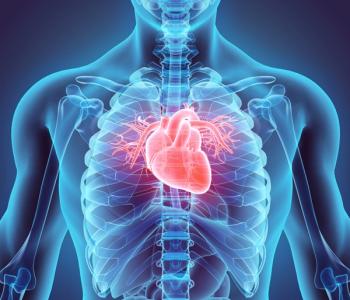
The AZALEA-TIMI 71 randomized trial evaluated the safety and tolerability of 2 blinded doses of the novel factor XI inhibitor abelacimab compared with open-label rivaroxaban.

Bonaca also notes that pharmacists can play a key role in educating patients and clinicians about the appropriate use and dosing of antithrombotic drugs for vascular protection.

Harrington discusses how the performance of milvexian in prior phase 2 trials focused on different patient populations creates the foundation for future research.
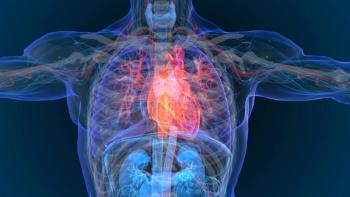
Sehnert emphasizes that mavacamten treatment benefits were present in both patients with sarcomere mutation positive HCM and sarcomere mutation negative HCM.

Clinically meaningful lowering of blood pressure through reduction in dietary sodium was achieved safely and rapidly in 1 week in a middle-aged and elderly cohort.